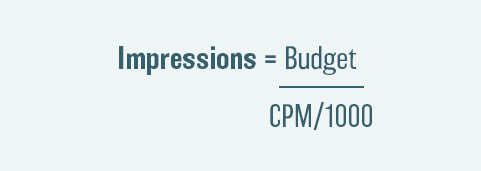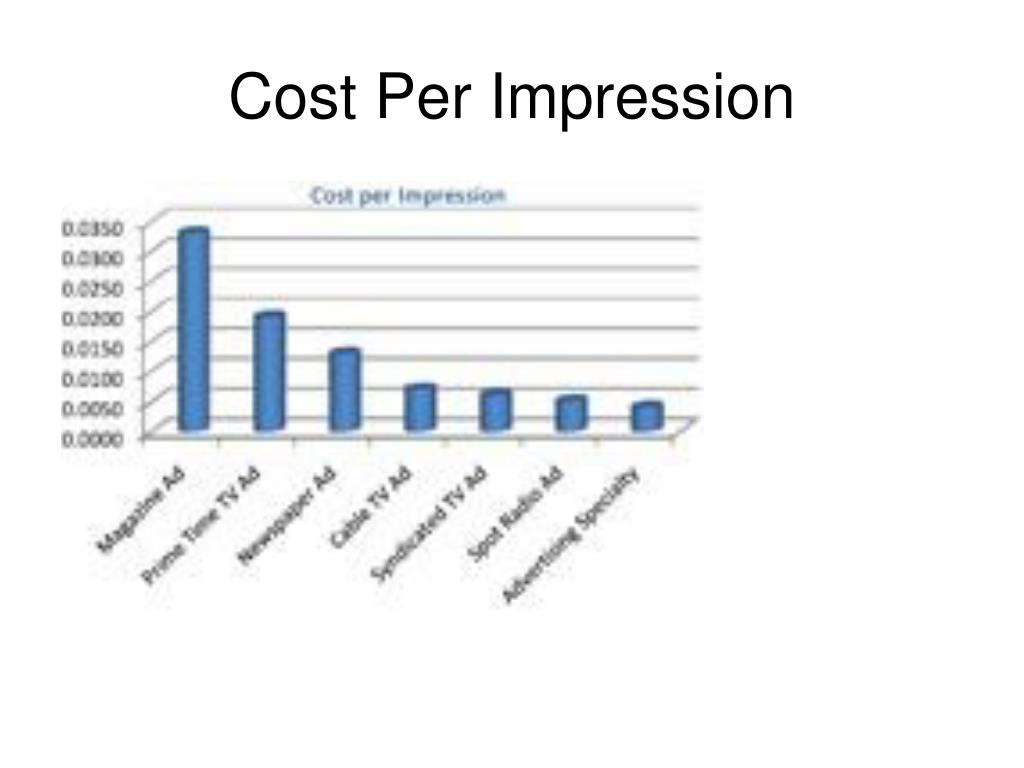
In programmatic campaigns (using a DSP or a self-serve platform such as Facebook's or LinkedIn's), the CPM of your media may be variable. This means you will usually pay far higher CPMs compared to B2C campaigns. If you are running B2B campaigns, the target audience is typically much harder to reach, and thus more valuable to you as a buyer. For performance campaigns, the lower the CPM combined with a lower CPA or higher conversion rate, are prioritised, as the goal is to drive the most efficient sales or conversions. If you were the same brand and were buying at $2.50 CPM, then your brand’s communications may not be appearing in environments that reflect the brand’s premium positioning or be targeting the audience you wish to be reaching.įor branding campaigns, higher CPMs are usually paid for better quality, viewable, more on-target impressions, or using larger formats.


When deciding how much you are willing to pay for the media, think back to the brief, the goal of the campaign and your brand’s positioning.įor example, if you are promoting a luxury brand that wants to be displayed in impactful formats, then paying higher CPMs of $15-20 makes sense. These variables are why some CPMs are higher than others.Ī higher CPM does not necessarily mean a bad one, and a low CPM does not always signal a great ad buy.

Buying media on different sites and platforms, across different creative sizes and using multiple data sources all impact the price you pay for one thousand impressions.


 0 kommentar(er)
0 kommentar(er)
